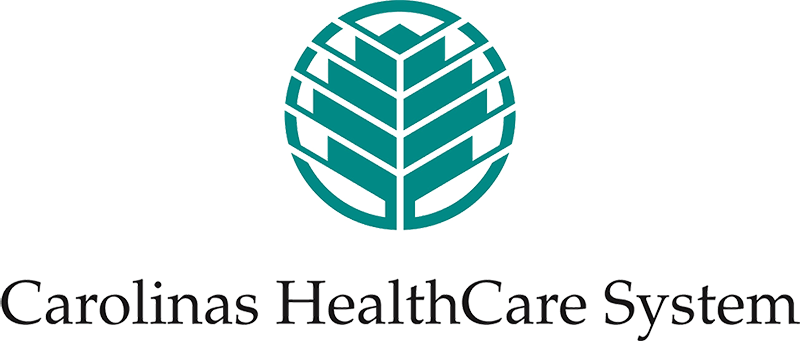By Carolinas Healthcare
When it comes to pretty much any activity, the human body naturally takes the path of least resistance — but the easiest way isn’t always the safest, most effective way.
For about the cost of a pair of high-end running shoes, you can get a professional gait analysis that will help you run better than ever before. From rookie runners to veteran marathoners, practically anyone can benefit from taking a scientific look at their stride.
Matt Minard, a physical therapist for Carolinas Rehabilitation, offers gait analysis out of the Harris YMCA in Charlotte.
“It’s truly the missing tool for runners,” he says. “If you’re a runner, you have to have it done just to see how you’re performing. But a gait analysis also can help you train, strengthen your body and prevent injuries. It’s eye-opening when people realize how mistakes in their form add up over time.”
“When a runner scrutinizes their form, they gain insight into how subtle changes ultimately can make them more efficient,” says Minard. With advances in high-speed camera technology, studying human motion and gathering precise measurements of a person’s body mechanics and muscle activity not only has become easier but more accurate.
“People exert a vertical force of roughly 2.5 times their bodyweight when they run, so learning to perfect your gait and lessen that impact is paramount,” says Minard. “We treat runners as a whole. By giving people the ability to see themselves run, we help them learn and improve.”
The gait analysis is about $150 per hour and is sometimes covered by insurance. It includes an orthopedic exam that tests mobility and strength, the gait analysis, and a custom running program to help you fix flaws and reach your goals.
Here’s how it works: After reflective tape gets placed on various points on your body, you’ll run on a treadmill at your normal running pace for about five minutes. Minard will take video of you from behind and from the side.
That footage then goes through a software program that analyzes the video at 240 frames per second and measures aspects of your gait, including symmetry, stride length, and alignment.
“Every time the foot comes off the ground, the body makes up the tension somewhere — in the cartilage, bone, muscle — every action has an equal and opposite reaction,” says Minard. “The way a runner’s body handles that impact influences aches and pains that may stem from overuse or under-recovery. Our software helps pinpoint problems in a runner’s form and, when those problems get fixed, it can help reduce pain and prevent future injuries.”
Sometimes, the most valuable strategy in helping runners is to make them aware of their weaknesses.
“A gait analysis is for anybody who wants to learn to run better,” says Minard. “Whether you’re new to running and don’t want to get injured, an intermediate runner with a lingering injury, or an advanced runner who wants more efficiency.”
Matt Minard received his Doctor of Physical Therapy degree from The University of Dayton in 2013. Upon graduation he and his fiancée moved to Charlotte from Toledo, OH. Matt has a strong passion for the field of physical therapy. Through the advanced residency training and numerous continuing education courses, he specializes in an eclectic approach that utilizes various manual (joint mobilization/manipulations, soft-tissue mobilizations and dry needling) and functional therapeutic exercises. Matt enjoys working with patients of all types, but has a passion for working with runners and general orthopedic pathologies.







